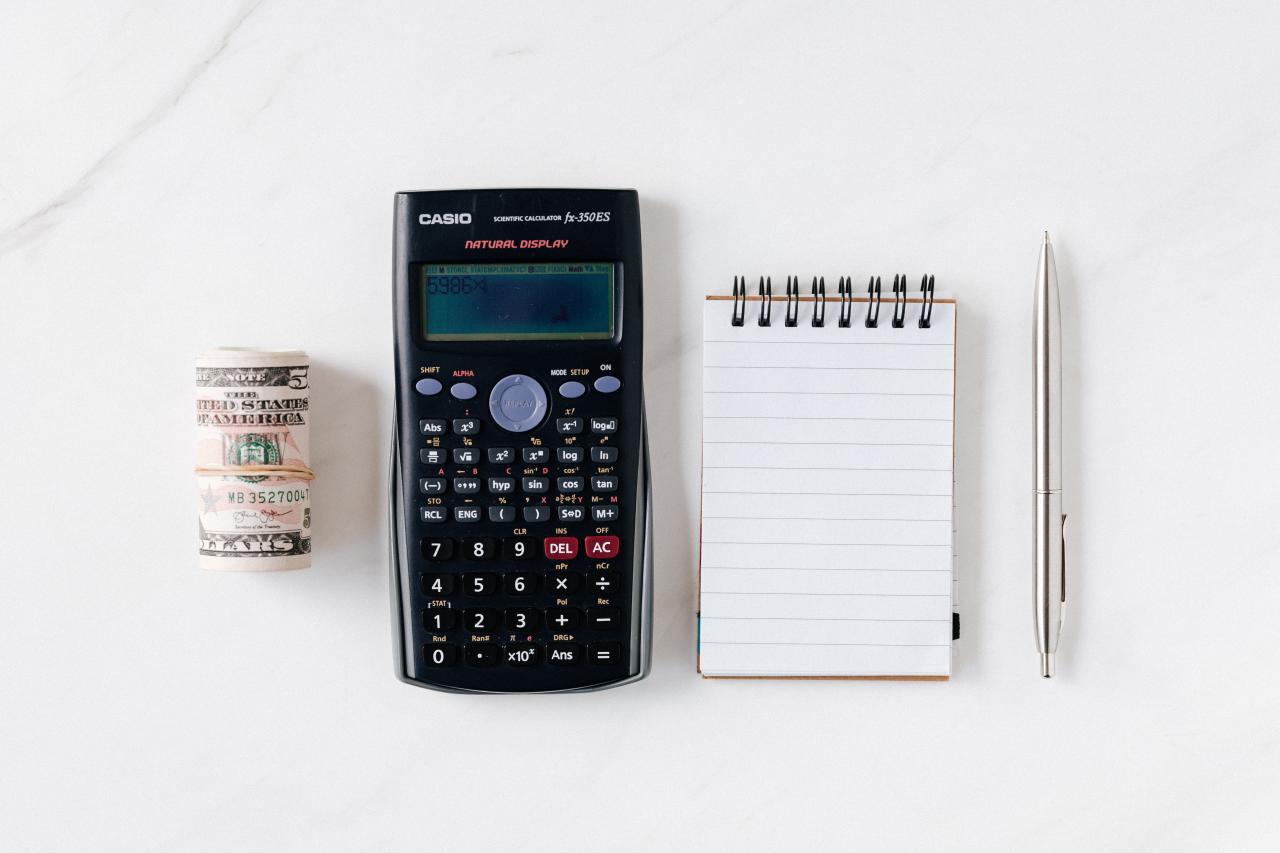As simple as it may sound, a financial budget can be the perfect tool to help you reach your financial goals. Knowing where your money goes and how much can help you keep a better track of inflows and outflows and help you save your money at the same time.
If you’re not really a numbers person, the idea of a budget can be overwhelming. However, you shouldn’t let that fear hold you back from what can be a very simple and helpful process.
Even if this is your very first budget, don’t sweat it. Here is a simple step-by-step guide on how to make your first budget.
Step 1: Set Your Goals
Budgeting without any clear set financial goals might seem a bit pointless. It would be a good idea to have a clear picture of what your financial goals are. Is there something you want to start saving up for? Is there a certain lifestyle you’re trying to achieve?
Knowing the answers to these kinds of questions will help you find the motivation to start budgeting. Once you have goals in mind, you can use your money wisely to reach those goals.
Step 2: Decide Where You Want To Maintain Your Budget
The simplest way to make a budget would be on a piece of paper or in a notebook. However, you might find that making changes and adjustments to that is difficult, not to mention the strain of having to sit down with a calculator and count out your money.
Some people find that using an Excel sheet helps solve those problems. If you want to go the extra step, there are many great budgeting apps to choose from as well. These apps can usually offer you budget templates that can make things easier for you.
Step 3: Set A Budgeting Period
Do you want to budget for the whole month, or maybe work paycheck to paycheck? A weekly budget can also be helpful if you want your budget to be very detailed. Once you have decided your budgeting period, calculate your income for that period and then start calculating your expenses.
Step 4: Check Your Expenses
It would be a good idea to list out all your expenses that you can think of, from rent and car payments to water and electricity bills. As you remember more expenses, keep writing them down so that you know where all your money is going.
Step 5: Set Categories For Your Budget
Budget categories will help you in the actual writing out of your budget. You can consider your income, fixed expenses, variable expenses, entertainment, and so on. Once you have your main categories, you can start fleshing out your budget.
And there you have it. This guide provides a simple but effective way for you to get started on your first budget. You may find that your first few months of budgeting are not easy, and you might slip up a few times, but just keep at it. With enough time and practice, you’ll be a pro and one step closer to financial freedom.

